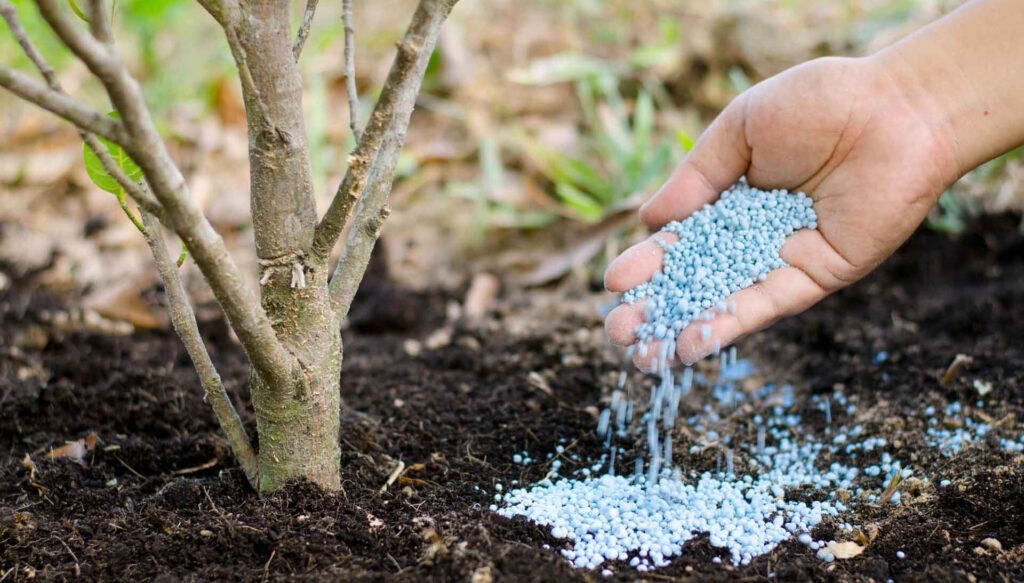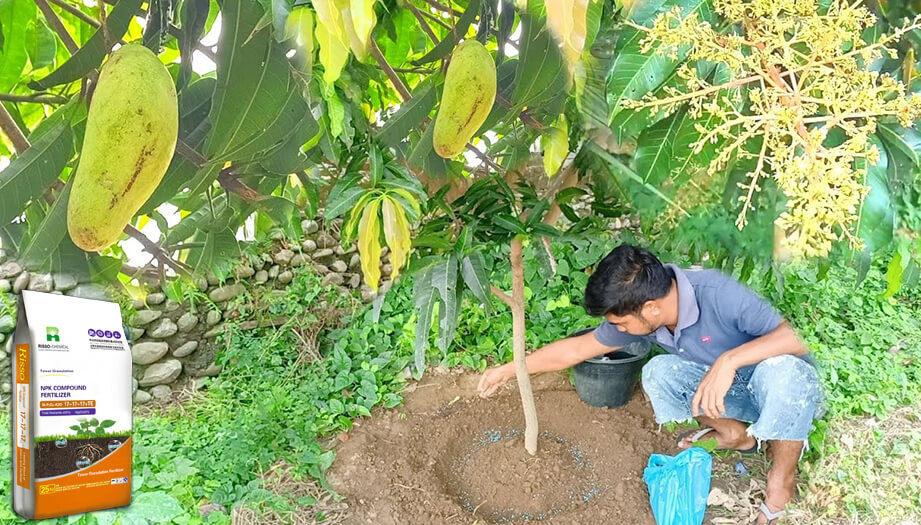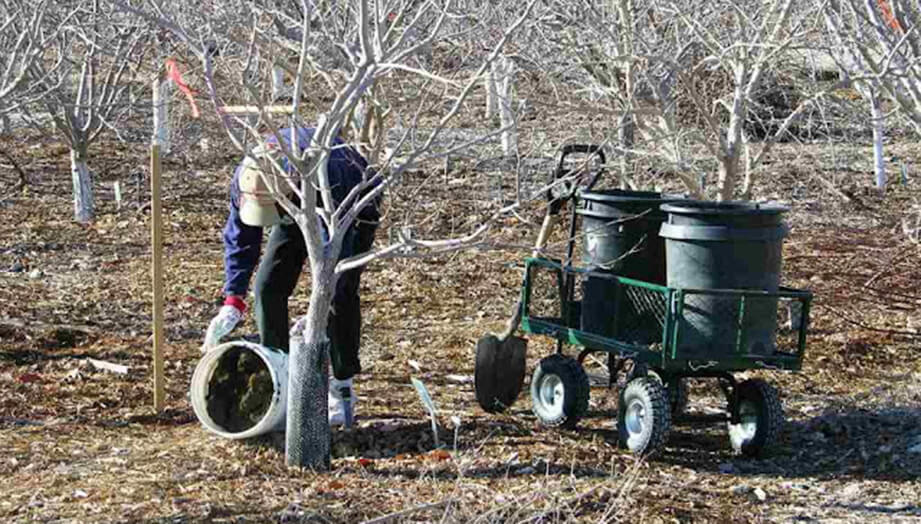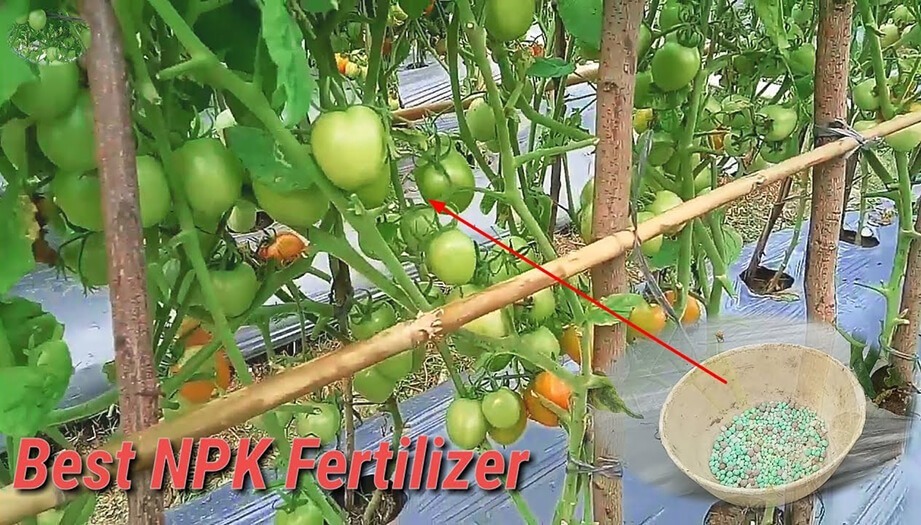Let more growers get greater benefits
How to Apply NPK Fertilizer for Fruit Trees: A Complete Guide
- Industry News
- January 20, 2016
- 9:35 am

Fruit trees are a valuable addition to any garden or orchard, providing fresh, delicious produce year after year. But to get the most from your trees, proper care is essential. One of the key aspects of tree care is fertilization, and NPK fertilizers is a great choice to help your fruit trees grow strong and bear high-quality fruit.
In this post, we’ll break down how to apply NPK fertilizer for fruit trees, what NPK ratios are best for different stages of growth, and tips to ensure your trees thrive.
List of Contents

What is NPK Fertilizer?
NPK fertilizers refers to a blend of three primary nutrients:
Nitrogen (N): Promotes leaf and stem growth, making it vital for young, developing trees.
Phosphorus (P): Essential for strong root development and flower/fruit production.
Potassium (K): Helps with overall plant health, boosting disease resistance and enhancing fruit quality.
Each nutrient plays a different role in the health of your fruit trees, and using the right NPK ratio at the right time can make a big difference.
Step-by-Step Guide to Applying NPK Fertilizer
1. Select the Right NPK Ratio
Before applying any fertilizer, it’s important to understand the specific needs of your fruit tree. Different growth stages require different nutrient focuses:
Young, non-fruiting trees benefit from higher nitrogen (e.g., NPK 12-6-6 or 10-8-8) to encourage leafy growth and establish a strong canopy.
Growing fruit trees need a balanced formula such as NPK 10-10-10 or 15-15-15 to support fruit production without promoting excessive leaf growth.
When the fruit is ripe, some fruit trees with higher sweetness usually need fertilizers with a high phosphorus and potassium ratio, such as NPK 6-25-19, 12-24-12, etc.
Consider the type of fruit tree you have as well:
Citrus trees often need a balanced or slightly higher nitrogen ratio.
Apple, peach, and pear trees may thrive with a more balanced NPK ratio.

2. Determine the Right Time to Fertilize
Timing is crucial when it comes to fertilizing fruit trees:
Early Spring: Apply the first round of fertilizer as the tree begins to sprout new leaves. This early-season boost supports the rapid growth of shoots and foliage.
After Flowering: Apply a second dose after the tree has flowered. This helps support fruit set and ensures a healthy yield.
Late Fall (optional): In warmer climates, you can apply a slow-release fertilizer in late fall to provide nutrients throughout the winter. However, in colder regions, it’s best to stop fertilizing by late summer to allow the tree to go dormant.
3. Calculate the Proper Amount
The amount of fertilizer to apply is generally based on the tree’s size and age:
Young trees (under 3 years old): Apply about 0.5 pounds (0.2 kg) of fertilizer per tree.
Mature trees: Use 1-2 pounds (0.5-1 kg) of fertilizer per inch of trunk diameter. Measure the diameter at about 4 feet from the ground (commonly called “diameter at breast height”).
4. How to Apply NPK Fertilizer
Once you’ve chosen the correct fertilizer and calculated the right amount, follow these steps:
Broadcast the fertilizer: Spread it evenly around the tree’s drip line (the edge of the tree’s canopy). This is where most of the feeder roots are located, so it’s the area that will absorb nutrients most effectively.
Avoid direct contact with the trunk: Fertilizer placed too close to the trunk can cause damage to the tree’s root system.
Incorporate it into the soil: Lightly rake the fertilizer into the top few inches of soil to help it reach the roots more quickly.

5. Water the Tree
After applying the fertilizer, give the tree a thorough watering. Watering helps dissolve the nutrients in the fertilizer and ensures they are carried down to the tree’s root zone, where they can be absorbed. Avoid overwatering, as this can wash away the nutrients before they have a chance to be absorbed by the roots.
6. Monitor Tree Health and Adjust
Fertilizing isn’t a one-time task. It’s important to regularly monitor the health of your tree. Look for signs that your tree is getting too much or too little of any one nutrient:
Yellowing leaves: May indicate a nitrogen deficiency.
Poor fruit development: Could point to a lack of phosphorus.
Weak branches: May be a sign of insufficient potassium.
You can adjust the NPK ratio or the amount you apply based on the tree’s performance over the growing season.

Additional Tips for Fertilizing Fruit Trees
Soil testing: Before fertilizing, it’s a good idea to test your soil to determine its current nutrient content. This will help you avoid over-fertilizing, which can lead to nutrient imbalances or runoff issues.
Use slow-release fertilizers: Slow-release fertilizers offer a more controlled release of nutrients over time, ensuring that your fruit tree gets a steady supply of essential nutrients.
Organic options: If you prefer organic gardening, look for organic NPK fertilizers that are derived from natural sources like compost, bone meal, or fish emulsion.
Conclusion
Proper fertilization is key to helping your fruit trees grow healthy and productive. By selecting the right NPK ratio, appl
- Article
What will you get when touch?
✔ Quick & helpful reply within 6 hours.
✔ Tailored solutions for your project.
✔ One-stop product, tech, market
TRENDING
TAIAN RISSO CHEMICAL FERTILIZER CO.,LTD
- Address: High-tech Development Zone, Taian City, Shandong Province
© Copyright 2017 RISSO CHEMICAL. All Rights Reserved.







